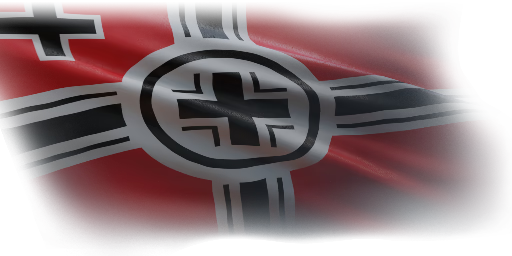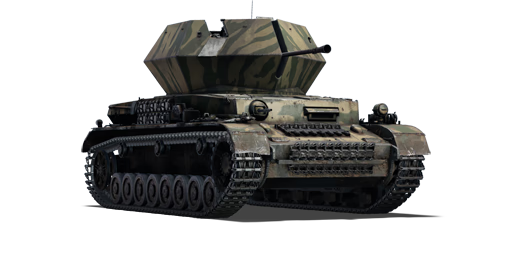



The Flakpanzer IV "Ostwind" (Sd.Kfz. Index: Sd.Kfz. 161/3) is the second variant of the Flakpanzer IV self-propelled anti-aircraft gun family. It was created in 1944 as a replacement for the previous variant, the Flakpanzer IV "Wirbelwind". The same Panzer IV medium tank chassis was used, but this time with an open-top, hexagonal turret housing a 37 mm Flugzeugabwehrkanone 43. This platform is highly effective against lightly armoured vehicles and minor fortifications in addition to its intended role as an anti-aircraft weapon. A closed-top design would have been preferable, but due to the heavy smoke generated by the main armament, this was not possible.
Introduced in Update 1.43, the Flakpanzer IV "Ostwind" has both advantages and disadvantages. Its main strengths are its long engagement range, destructive ammunition, and its short reload time. Its drawbacks include an average fire rate and inadequate crew protection. It is best used in anti-aircraft roles, waiting for enemy aircraft to approach before unleashing a barrage of shells in that direction. Long-range firing in the hope of a lucky hit is both a waste of ammunition and a good way to broadcast the current position to enemy ground and air units. Always stay close to cover and away from the main fighting zones.
| Belt | Belt filling | Armor penetration (mm) at a distance: | |||||
|---|---|---|---|---|---|---|---|
| 10 m | 100 m | 500 m | 1000 m | 1500 m | 2000 m | ||
| APHE/FI-T | 49 | 46 | 33 | 22 | 14 | 10 | |
| FI-T | 7 | 7 | 5 | 5 | 5 | 5 | |
| APHE | 49 | 46 | 33 | 22 | 14 | 10 | |
| HEI-T | 7 | 7 | 6 | 4 | 4 | 4 | |












Mobility | |
|---|---|
Protection |
|---|
Firepower | |
|---|---|